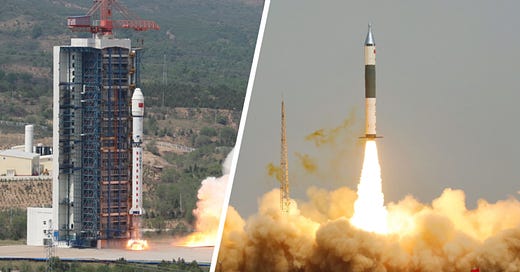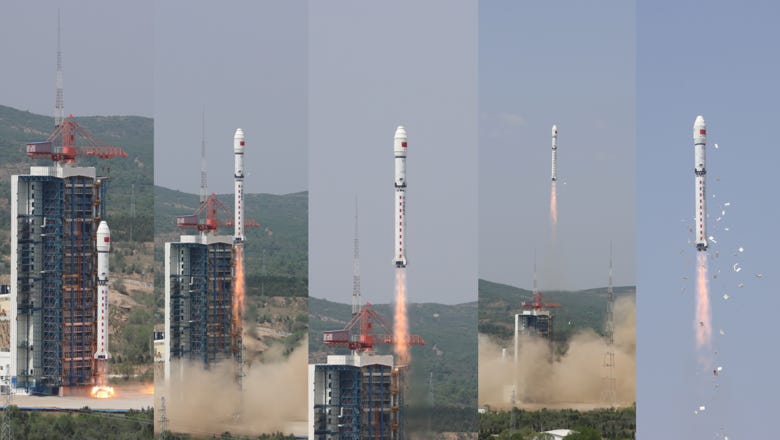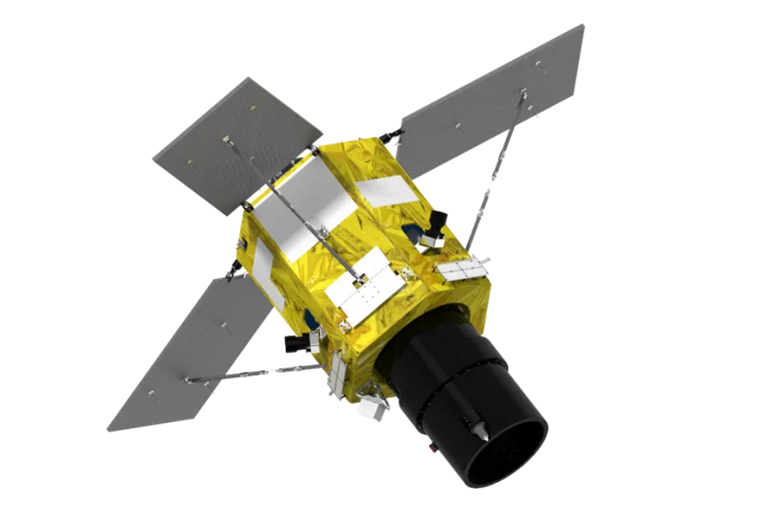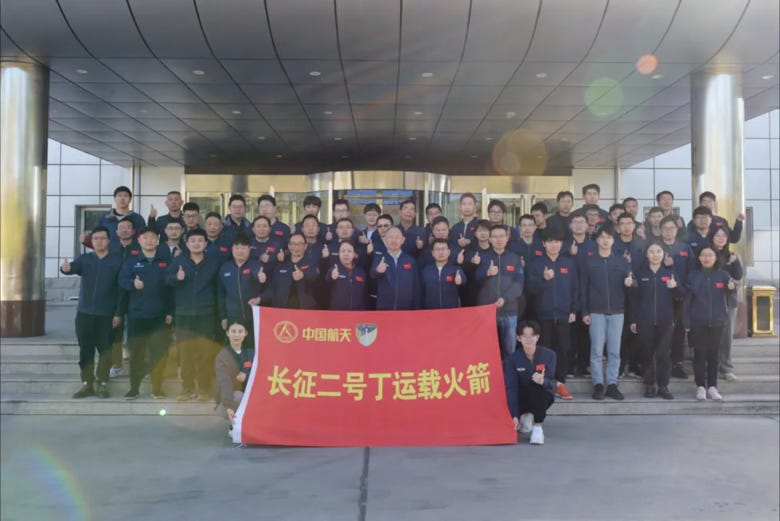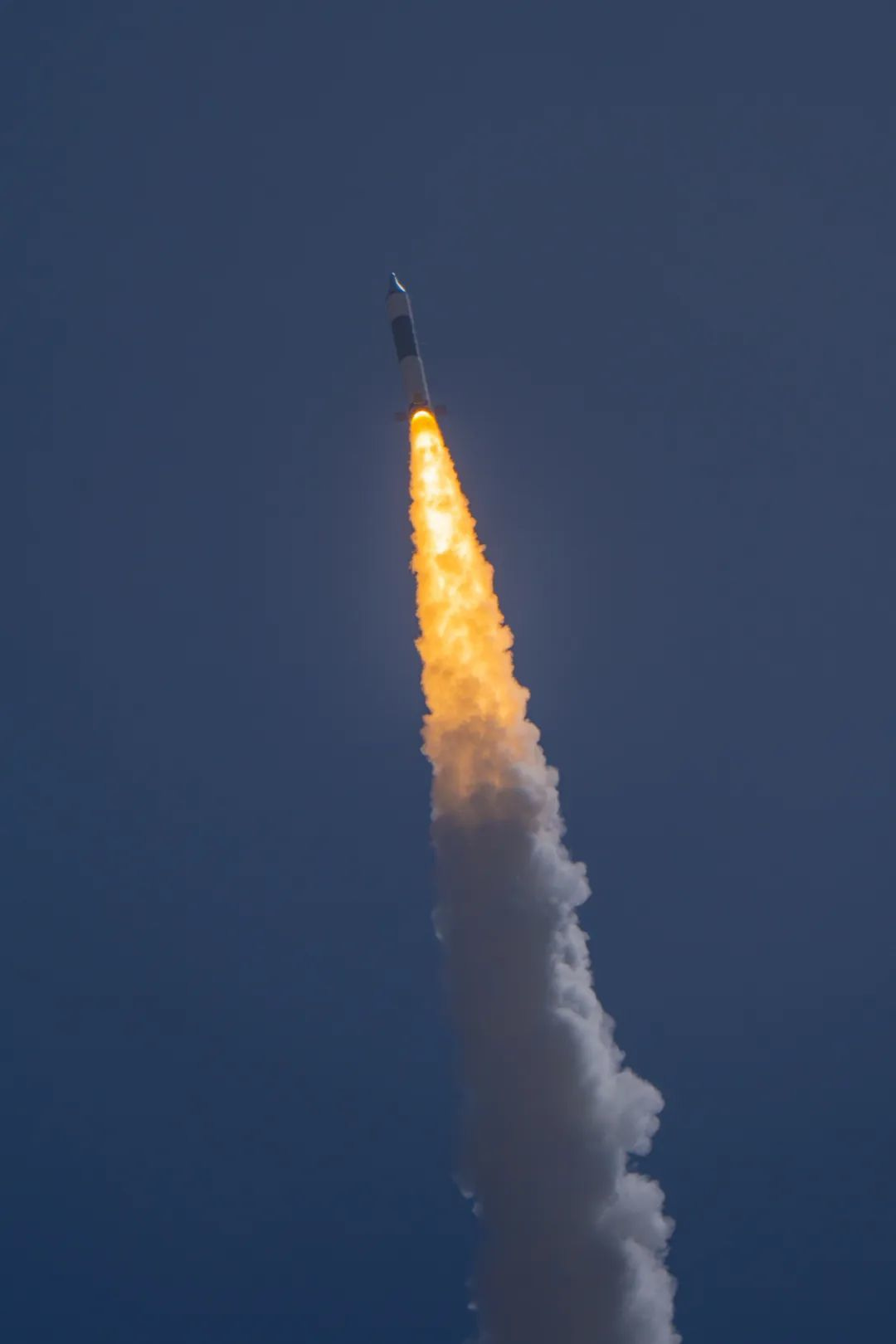SAST and ExPace fly to SSO [Long March 2D Y98 & Kuaizhou-11 Y4]
This post was originally published on May 21st 2024 on Ko-fi.
Two launches from two separate launch sites occurred in China in the last few days, both from state-owned launch companies.
Long March 2D Y98
The Long March 2D Y98 vehicle lifting off from the Taiyuan Satellite Launch Center.The first of the two was a Long March 2D carrying four satellites into a sun-synchronous orbit from the Taiyuan Satellite Launch Center on May 20th. For this launch, the Long March 2D Y98 vehicle was manufactured by the Shanghai Academy of Spaceflight Technology, who manufacture and operate this specific variant of the Long March 2.
The payloads for the launch were four Bejing 3C satellites which will form a small constellation in sun-synchronus orbit. Each satellite has two cameras onboard: a panchromatic camera with a resolution of 0.5 meters, and a multispectral camera with a resolution of 2 meters. The four satellites will work to provide data for map surveying, land surveying, forestry surveying, urban planning, as well as disaster monitoring and relief.
The China Academy of Space Technology claims that the four satellites working together will allow for rapid revisiting and imaging of areas of interest, which will increase the available data for regions of interest.
This flight of the Long March 2D also had grid fins attached to the interstage, according to the Shanghai Academy of Spaceflight Technology, to enable a precise first-stage descent. The academy did say that this was the first time they have utilized a 'swept-back' design on the fins which will be similar to future reusable rockets from China.
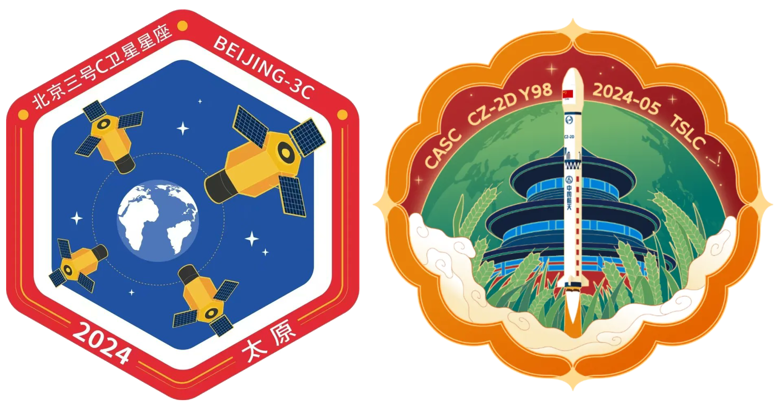
The Long March 2D was also making its ninetieth flight, which was also the two-hundred and eleventh flight of a launch vehicle from the Shanghai Academy of Spaceflight Technology. It was also the five-hundred and twenty-third flight of a Long March rocket.
Kuaizhou-11 Y4
The second of the two launches was a Kuaizhou-11 also carrying four satellites to a sun-synchronous orbit but from the Jiuquan Satellite Launch Center on May 21st. Kuaizhou-11 is currently the largest and most capable launch offering from ExPace with a payload capacity of 1,500 kilograms to low Earth orbit or 1,000 kilograms to sun-synchronus orbit. ExPace is a wholly-owned subsidiary of the state-owned enterprise China Aerospace Science and Industry Corporation.
The four satellites onboard were:
Wuhan-1 - an 'ultra-low-orbit' technology demonstrator.
Tianyan-22 - a commercial spacecraft.
Lingque-3-01 - another commercial spacecraft.
And a fourth currently unknown spacecraft.
This was stated as being the thirty-second flight of a Kuaizhou series launch vehicle but only thirty-one launches are known to have occurred. This may simply be a mixup by news outlets in China as the launch was denoted as Y4 despite no known Y3 mission having happened, these missions are denoted like the space shuttle was so a Y3 mission is likely currently in production.


